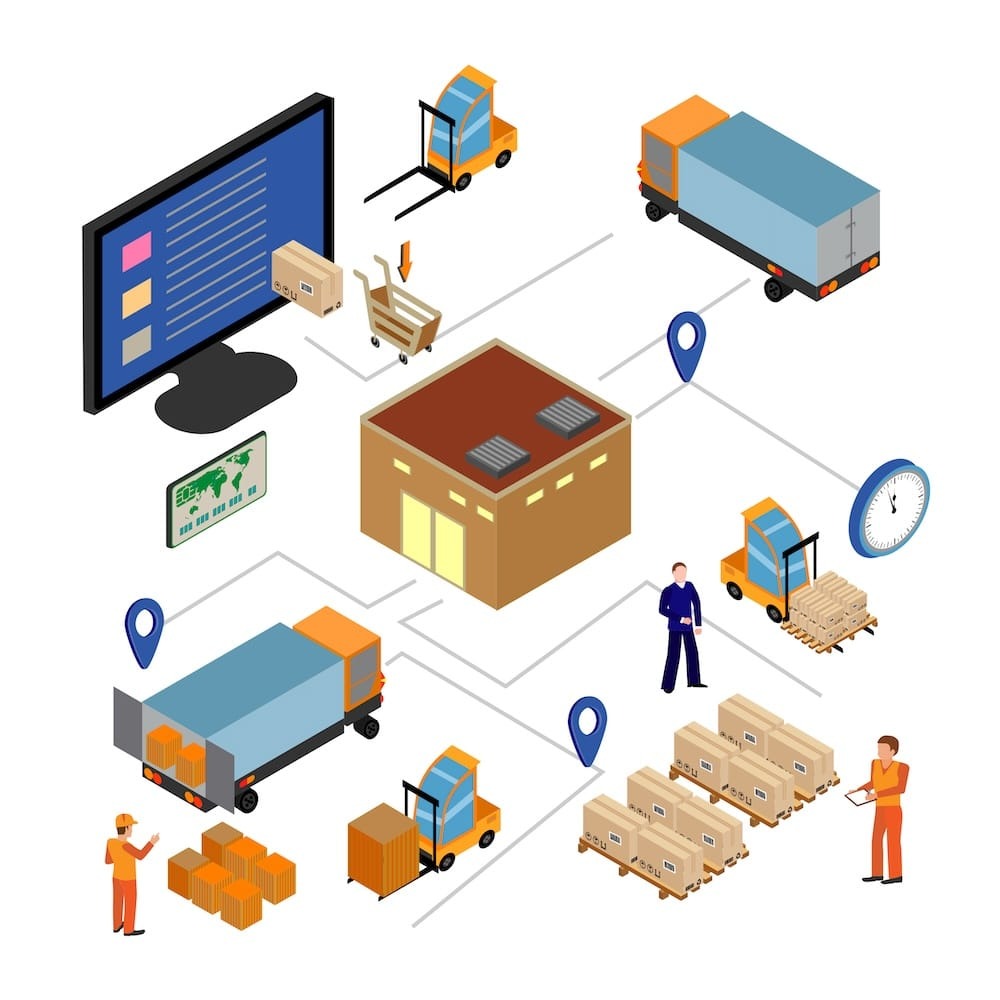In today’s fast-paced world, the need for efficiency, accuracy, and speed in logistics has become paramount. Warehouses, as the backbone of supply chains, are increasingly adopting robotics to meet rising demands, streamline operations, and tackle common challenges. Robotics in warehousing isn’t just about futuristic automation; it’s a strategic investment that significantly enhances accuracy and speed, leading to improved productivity, cost savings, and a competitive edge. Here’s a deep dive into why robotics are essential for modern warehouses and how they are transforming the industry.
Improving Accuracy In Order Fulfillment
Order accuracy is one of the most critical aspects of warehouse operations. Errors in picking up, packing, and shipping orders can lead to dissatisfied customers and lost business. Traditionally, manual order picking is prone to human error, especially during high-volume periods. Robotics can drastically reduce these errors by following precise algorithms and guidelines programmed for exact item picking, placement, and packing.
Robots equipped with advanced sensors and AI can identify, locate, and retrieve items with exceptional accuracy, ensuring the right items are picked for each order. This level of accuracy not only minimizes costly returns but also builds customer trust by consistently delivering error-free orders. With robotics, warehouses can maintain high order accuracy even during peak seasons, something that would otherwise require extensive human labor and resources.
Enhancing Speed And Reducing Turnaround Time
Speed is crucial in warehousing, especially as e-commerce giants and customer expectations push for shorter delivery times. Robotics can greatly enhance speed across various warehouse processes. Robots, unlike humans, can work around the clock without fatigue, keeping operations smooth and swift. Tasks such as picking, sorting, and transporting items that could take hours with a human workforce can be done in minutes with robotics.
For instance, Autonomous Mobile Robots (AMRs) can quickly transport items from one location to another, optimizing the workflow and reducing the time it takes to process orders. This speed enables warehouses to meet tight deadlines and handle larger volumes, allowing companies to promise faster delivery options to their customers.
Improving Inventory Management
Inventory management is a challenge that many warehouses face, often involving meticulous tracking and organization of thousands of items. With robotics, warehouses can maintain accurate, real-time inventory counts, reducing the likelihood of stockouts or overstocking. Robots can scan inventory automatically and update the system continuously, providing warehouse managers with accurate information about stock levels.
Furthermore, robots can perform regular cycle counts or stock checks without interrupting daily operations. This allows warehouses to maintain optimal inventory levels, preventing costly inventory discrepancies and ensuring products are always available when needed. Effective inventory management also makes it easier to forecast demand, saving time and reducing storage costs.
Enhancing Safety And Reducing Workplace Injuries
Warehouse environments come with inherent risks, from heavy lifting to navigating busy floors. Robotics can help mitigate these risks by taking on dangerous or physically demanding tasks, creating a safer workplace for human employees. Robots can handle heavy lifting, reach high storage areas, and operate in hazardous environments, all while minimizing the risk of injury.
By reducing the number of manual tasks required from human workers, robots help cut down on workplace injuries, which also reduces insurance costs and improves employee satisfaction. In a safer workplace, employees can focus on supervision and decision-making tasks that enhance overall productivity, rather than worrying about physically exhausting or risky duties.
Cutting Costs Through Efficient Labor Allocation
The upfront costs of implementing robotics may seem high, but the long-term savings in labor costs are considerable. Robotics allow warehouses to allocate human resources more effectively, concentrating skilled labor where it’s most needed rather than in repetitive, manual tasks. This efficient labor allocation enables warehouses to operate with leaner teams and makes it easier to manage labor costs.
In addition, robotics reduce the need for temporary hires during peak periods, as robots can be scaled up to handle increased demands without the associated human costs. This reduction in labor expenses, combined with enhanced productivity and accuracy, leads to higher profit margins and significant cost savings over time.
Increasing Scalability And Flexibility
As businesses grow, their warehouses must scale up to meet increased demands. Robotics provide the scalability and flexibility that manual processes simply cannot. By integrating robotic systems, warehouses can scale operations smoothly without a significant increase in overhead costs. Robots can be programmed and reprogrammed according to changing needs, making it easier to adapt to market demands or seasonal fluctuations.
For instance, AMRs can be easily reconfigured to accommodate new tasks, routes, or warehouse layouts. This flexibility allows warehouses to adjust operations in real-time without the disruptions typically caused by hiring and training new staff. The ability to scale with ease gives companies an edge in responding to market dynamics, increasing their competitiveness.
Enhanced Data Collection And Analytics
Robots are not just tools for physical labor—they are also a source of valuable data. Robotic systems can collect data on every movement, transaction, and operation within the warehouse, providing rich insights that can help managers make informed decisions. Analyzing this data can lead to better forecasting, improved route planning, and optimized workflows.
For example, data collected from robotic systems can reveal bottlenecks in the workflow, inefficient picking routes, or areas where items frequently go out of stock. With this data, warehouses can make data-driven improvements, leading to even higher efficiency, reduced costs, and better inventory control. By constantly gathering and analyzing data, warehouses can evolve their processes to maintain peak performance.
Conclusion
Warehouse robotics are transforming the landscape of supply chain management, offering significant advantages in terms of accuracy, speed, safety, and scalability. By reducing human error, speeding up order processing, and improving inventory management, robotics are essential for any warehouse aiming to stay competitive in today’s demanding market.
Implementing robotics in warehouses isn’t just about staying current with technology; it’s a strategic investment that directly impacts customer satisfaction, operational costs, and productivity. As robotics continue to advance, they will play an even larger role in helping warehouses meet the demands of tomorrow. Embracing robotics now can position companies for a future of improved efficiency, profitability, and customer loyalty.










